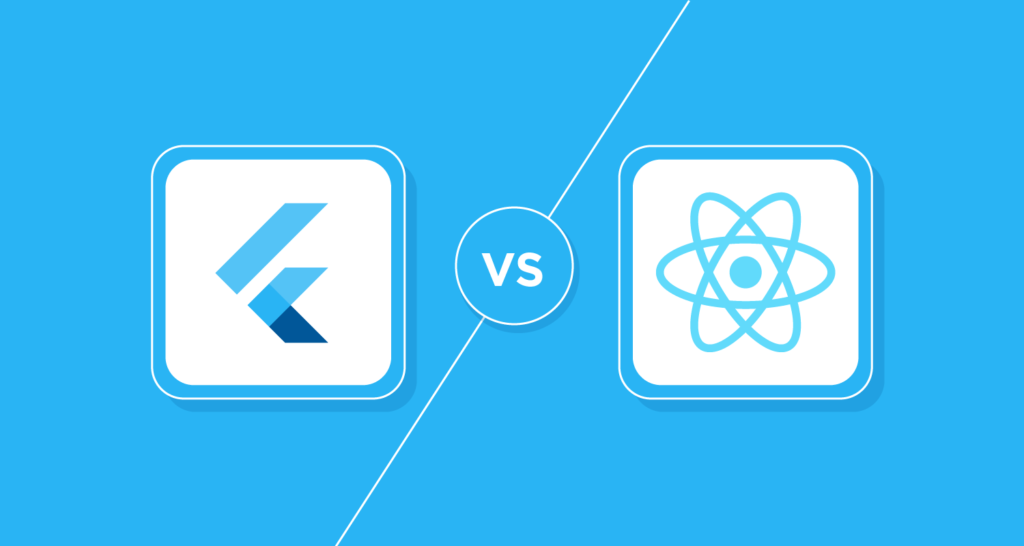In the ever-evolving landscape of mobile app development, choosing the right framework can make or break your project’s success. Flutter and React Native stand out as two of the most powerful and widely-used frameworks, each with its unique strengths and weaknesses. In this comprehensive guide, we’ll delve into the intricacies of both frameworks, providing you with the insights needed to make an informed decision for your next project.
Understanding Flutter
Flutter, backed by tech giant Google, has gained immense popularity for its ability to create natively compiled applications for mobile, web, and desktop from a single codebase. The framework uses the Dart programming language, offering a reactive and expressive way to build user interfaces.
Key Advantages of Flutter
- Hot Reload: One of Flutter’s standout features is its Hot Reload capability, allowing developers to instantly see the effects of code changes, making the development process highly efficient.
- Widget-Based Structure: Flutter’s UI is built using widgets, enabling a modular and customizable approach to design. This results in a visually appealing and responsive user interface.
- Performance: Flutter’s performance is commendable, providing a smooth and lag-free experience for end-users. The framework is optimized for high-performance applications, making it an ideal choice for resource-intensive projects.
Unraveling React Native
React Native, developed by Facebook, has been a game-changer in the realm of cross-platform app development. Using JavaScript and React, React Native allows developers to create native-like applications while sharing a significant portion of the codebase.
Key Advantages of React Native
- JavaScript: With React Native, developers can leverage their expertise in JavaScript, making it an attractive choice for those already familiar with web development technologies.
- Community Support: React Native boasts a robust community of developers and contributors. This ensures a vast array of libraries, modules, and third-party integrations, facilitating faster development cycles.
- Native Performance: React Native bridges the gap between native and hybrid applications, delivering a user experience that closely resembles that of native apps.
Choosing the Right Framework for Your Project
Project Scope and Complexity: Consider the complexity of your project. For simpler applications or prototypes, Flutter may be more suitable due to its ease of use and rapid development capabilities. On the other hand, for larger, more complex projects, React Native provides a mature ecosystem and scalability.
Development Team Expertise: Assess the skills of your development team. If your team has experience in JavaScript and React, React Native could be the natural choice. However, if they are well-versed in object-oriented programming and prefer a reactive approach, Flutter may align better with their expertise.
Performance Requirements: If your project demands high performance and near-native speed, Flutter should be your top pick. Its compilation to native ARM code ensures optimal performance, making it a preferred choice for graphically intensive applications.
Conclusion
In the battle of Flutter vs. React Native, there is no one-size-fits-all answer. Your decision should be based on the specific requirements of your project, the expertise of your development team, and the desired user experience. Both frameworks have proven their mettle in the industry, and the choice ultimately boils down to your project’s unique needs.

